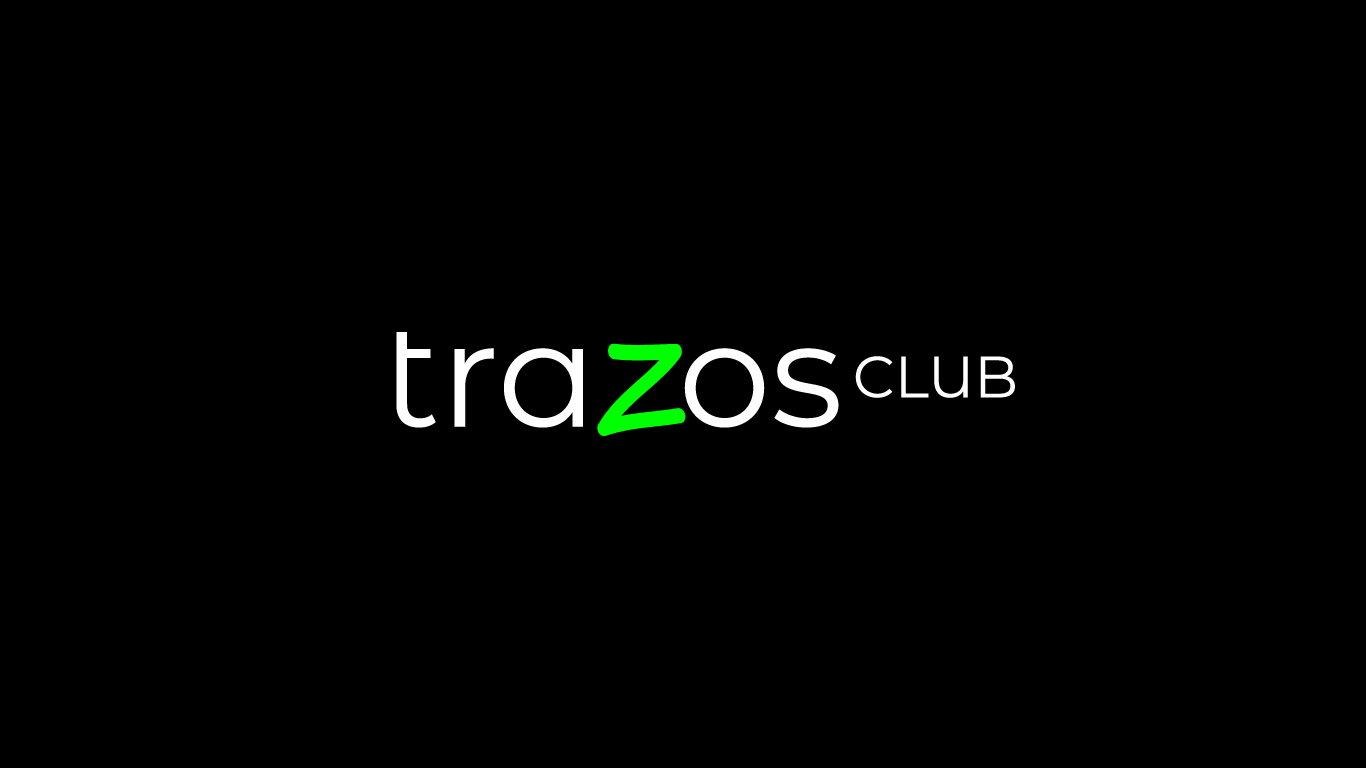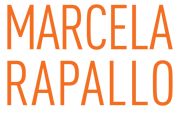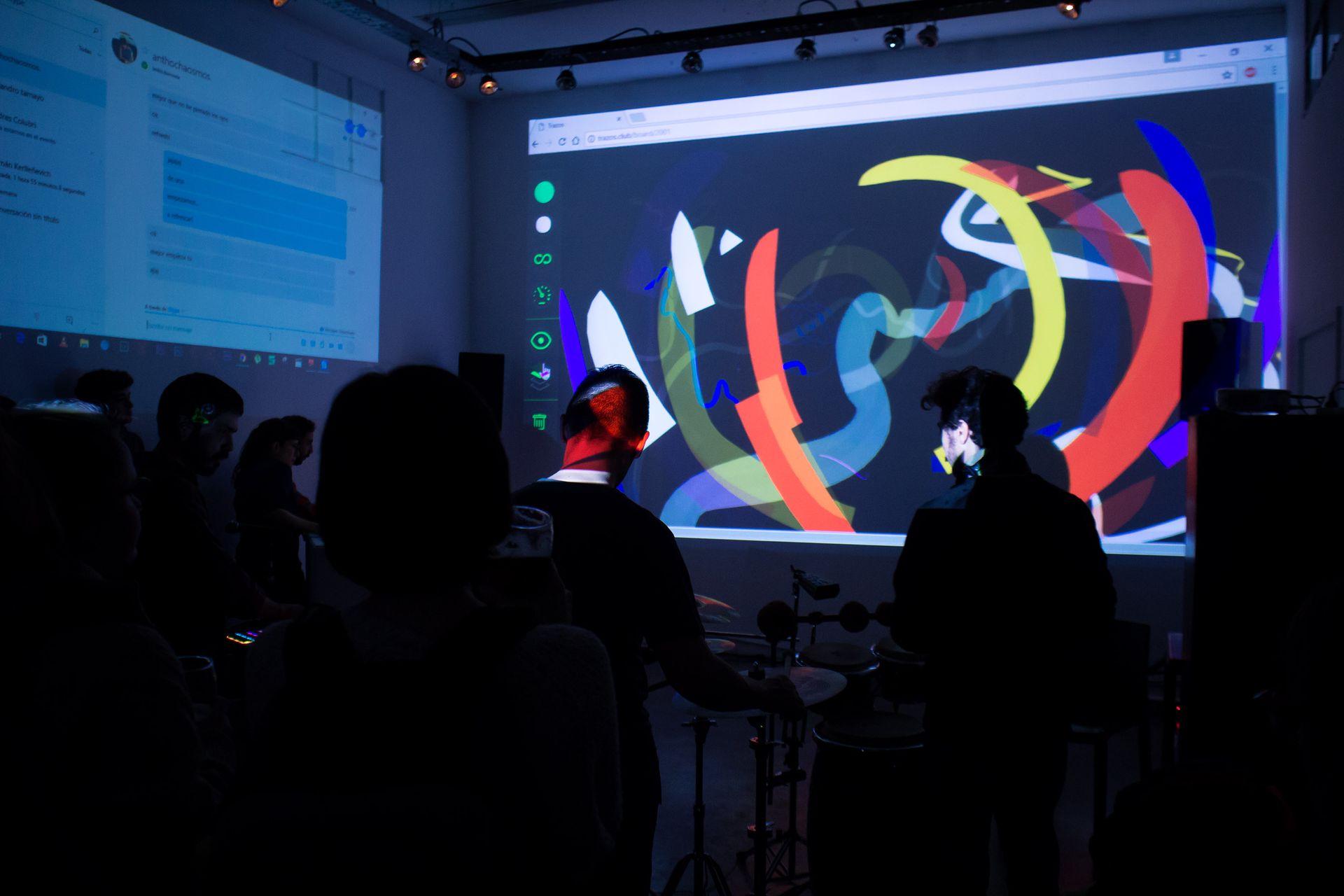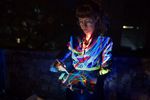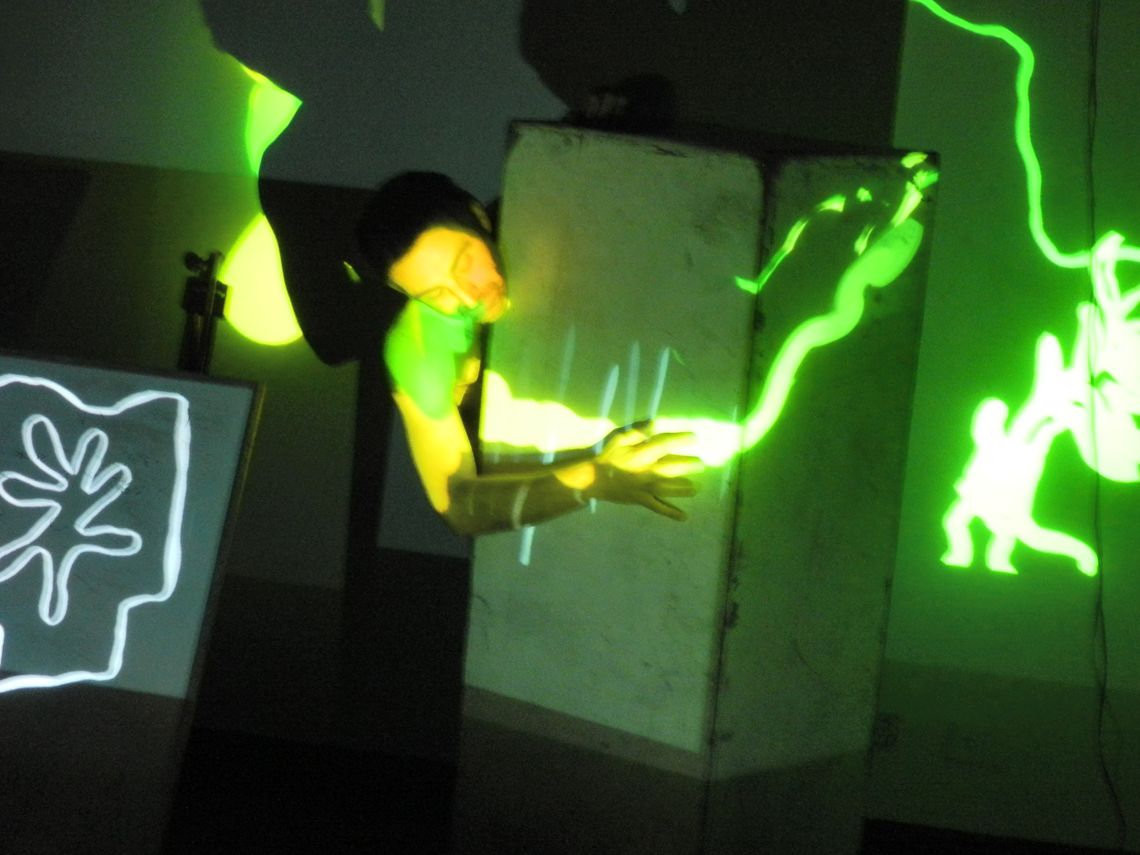Trazos Club is a web platform project that is proposed as a meeting place with participatory proposals. In its current version, it allows us to connect to a web page where we can draw with other people and animate those live drawings in real time.
Through the drawing of animated digital strokes in simultaneous time, Trazos Club opens wide possibilities for interdisciplinary artistic work and to address various contents of the school environment. At the same time, due to its intuitive character, it is accessible to a wide audience, favoring the appropriation of expressive languages by the community.
Trazos Club is part of a proposal for the creation of free software technologies, artistic and educational collaborative projects. It is also a project behind which there is a community of people of different ages who connect to draw from different parts of the world. In addition, it is used in artistic projects, in educational environments, in the daily life of those who connect with each other through the platform, and of all the people who join weekly drawing jams organized by the Trazos Club team.
Trazos Club, as it is presented today, is the beginning of a larger project that the members of the team are devising, which will grow into a virtual drawing club, a meeting place with live animated collective drawing activities. Today the platform is a prototype, a seed, of the large-scale project we wish to realize.
Trazos Club is a project initiated by Andrés Colubri and Marcela Rapallo, who are currently part of the team together with Gastón Lozano. Another member is Manuel Gache, who designs the project's identity. The following people participated in the programming of the project in its first steps: Leandro Garber, Leslie Watkins and Nahuel Coppero.
The realization of Trazos Club is part of the process of working with Andrés Colubri, with whom we have been working together since 2007 in the development of technologies, performative works and educational proposals. In the developments of
Moldeo and Andiamo, the axis was to animate the drawings in real time, in Trazos Club we added to this axis the possibility of drawing collectively in synchronous time through the internet.
In the development of this project I was able to apply my research that I have been developing for more than twenty years on live and collective drawing, designing methodologies together with groups of artists and in educational spaces.
In Trazos Club converge the interests that cross my different projects and work axes: the possibility to animate live drawings, to draw collectively, to work in an interdisciplinary way, and to create a space for play, learning and meeting where to generate a community and strengthen work networks.
Trazos Club is developed in P5, JavaScript. It was initially based on Andiamo (Processing) code. Andiamo is the sister technology of Trazos Club. Both share the real-time animation capabilities of strokes and are intended for live drawing. Andiamo can be used on any computer, no internet connection is required. Trazos Club works from the web browser, adding the possibility of making drawings collectively, sharing the canvas with other people.
The first prototype of trazos.club was made thanks to being selected in 2014 by the University, Design and Productive Development Program of the National Ministry of Education, as a development project of the UNA (National University of the Arts of Argentina). The official presentation was made at a conference at the Transpiksel Festival (Mexico, 2016).
The explorations prior to Trazos Club were carried out with Andrés after the first development of Andiamo (2009), through an online drawing application, where although the drawings were fixed, we focused on their construction and transformation process, generating narratives that were modified over time, and recording them to observe their progression. We did this during 2011, when Andrés was living in Korea. There were 12 hours difference with Argentina, our routine was to connect at 12PM in Korea and 12 AM in Argentina to be able to draw synchronously. Those meetings gave shape to Trazos Club.
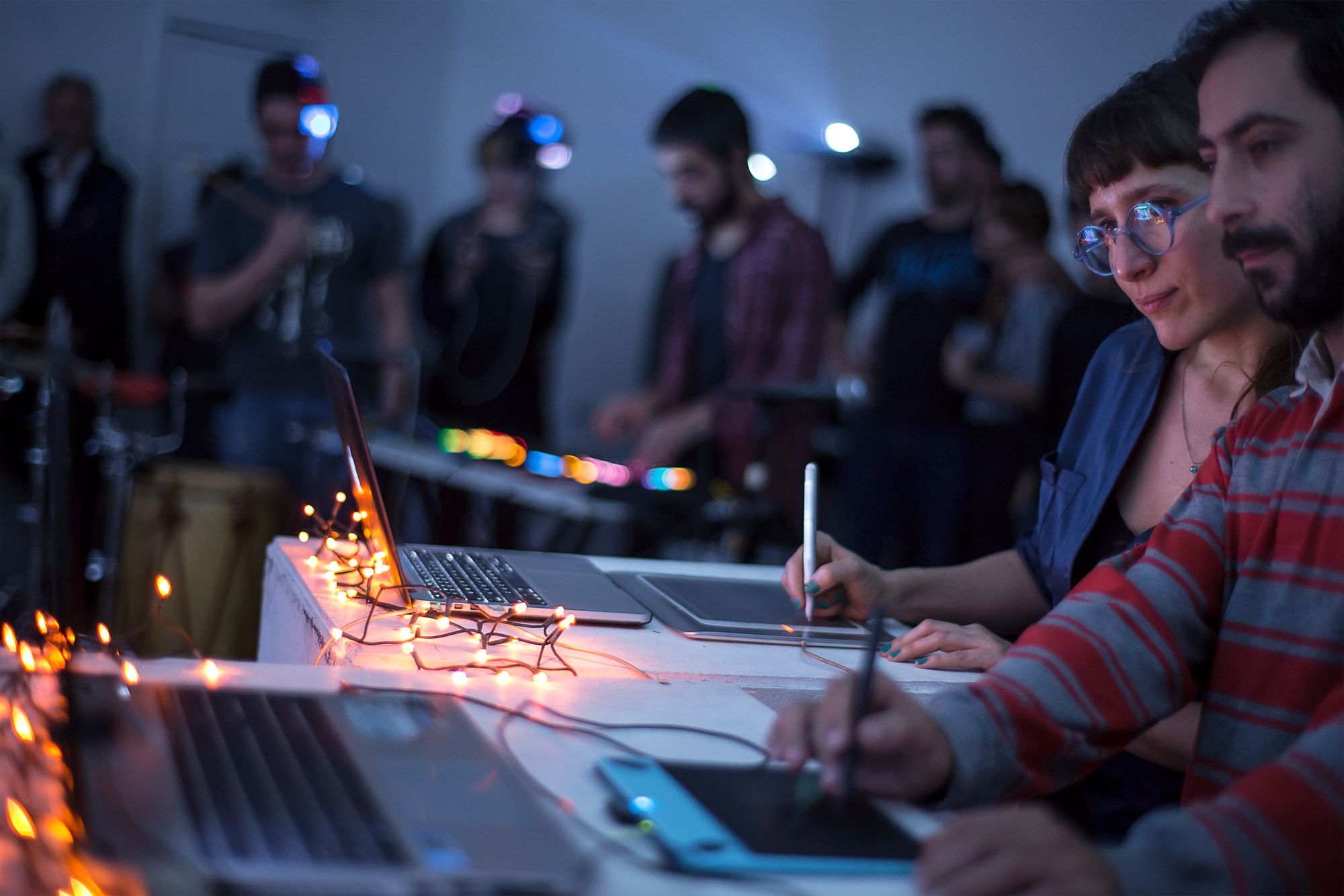
When we started to think about the idea of Trazos Club with Andrés Colubri, the motivation was to imagine a platform where to draw collectively with the possibilities of Andiamo to animate in real time the strokes, and to generate a meeting space with proposals to draw.
There was also an idea that motivated us, and it was that of a performative experience in which the artist is a link between people through drawing. This idea responds to different explorations in my artistic practices, such as designing collective and scenic drawing methodologies, and applying them in laboratories, where my role is that of a trainer who guides the group practice. With Trazos Club, instead of guiding through words, I can do it through drawing, generating a creative space of non-verbal communication.
In the future, in addition to developing the next stage of Trazos Club as a meeting space that will present proposals in different drawing rooms, we are planning the possibility that people can also generate their own traces through the P5 editor. We are interested in generating educational content to accompany this, and that the design of the stroke itself works as the gateway to learning the code. We are planning this together with the Open Drawing research team, which I lead at the National University of Arts.
